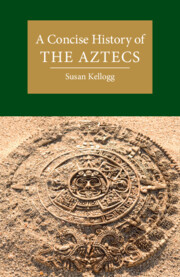The Mexico City Basin has had exceptional plant and animal diversity since ancient times due to its varied orography and benign climate. This environment attracted diverse human groups, from hunter-gatherers to one of the most influential pre-Hispanic cultures of Mesoamerica: the Mexica, also known as the Aztec. The subsoil of Mexico City hides a rich and varied cultural heritage. The Archaeological Rescue Department works to preserve cultural heritage, review archaeological studies, and expand archaeological information with new findings. We report on archaeological rescue works carried out at two sites in the Mexico City Basin prior to the beginning of new construction projects. The first one is the Reforma Hidalgo Complex Office in Teocaltitlán, one of the neighborhoods of ancient Mexica City, Mexico-Tenochtitlan. Some wooden post samples were selected for accelerator mass spectrometry radiocarbon (AMS 14C) dating, believed to have been used as chinampa supports. We seek to determine their temporality and possible reuse by Hispanic builders. The second one, the La Otra Banda Site, is part of the human settlements that were founded around Cuicuilco, one of the main ancient urban centers of the highlands of Central Mexico. Some human bones and coal samples were selected to be dated, aiming to establish the site’s occupation time.
